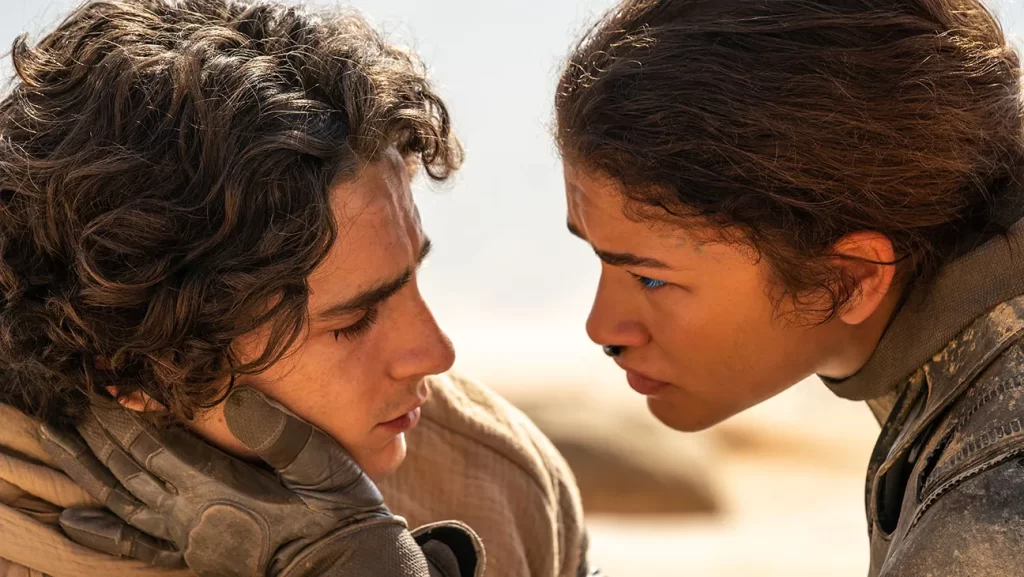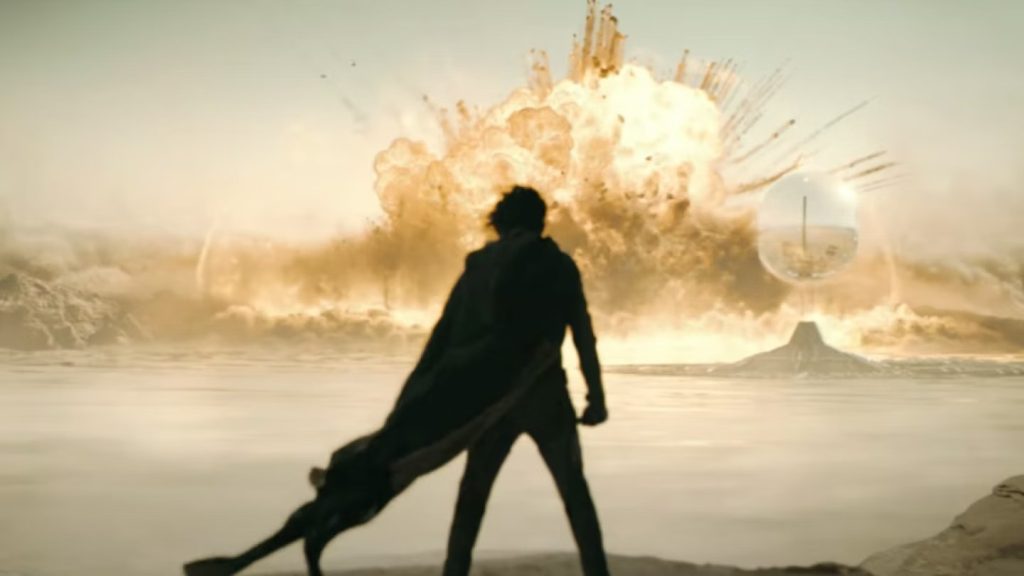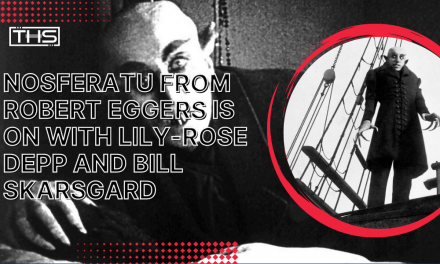It took guts to split Dune into two parts. After all, the previous attempt at adapting the Frank Herbert sci-fi novel was a bit of a mess from David Lynch in the ’80s. Enter Denis Villeneuve, who had a vision for the epic story. The only issue was that they did split the story up. Comparing the two halves is folly because now you can watch both of them back to back, but the second half of this story improves upon everything from the first. Dune: Part Two kicks off with Paul Atreides and his mother, Jessica, living with the Fremen, on the run after the Harkonnen attack that wiped Clan Atreides off the map.
There’s some time missing here, including enough for Jessica to find out that she’s pregnant with the child of the deceased Duke Atreides. The tepid relationship that we left between Paul and the other Fremen has blossomed into something where part of the group believes him to be their messiah, and others have a massive distrust of these two outsiders. They’re joined by Chani (played by Zendaya) and Stilgar (played by Javier Bardem). Chani’s group are the younger, more untrustworthy group, while Stilgar sees signs that Paul is the one to bring the Fremen to paradise. It’s not that Chani doesn’t believe Paul. She just doesn’t want him to get overcome with power.

At the heart of Dune: Part Two, there is that balance of how a person leads and what absolute power can do. We’re shown visions of what Paul can see as apocalyptic events where he’s led billions of people to their deaths. As it goes on, there are rumblings that Jessica and the Bene Gesserit have ulterior motives with the entire saga. It’s absolutely fascinating how Villeneuve and Jon Spaights condensed this dense portion of the novel down to just two hours and forty-six minutes.
That narrative structure makes it so that Dune: Part Two never feels like it sags. The first film definitely had pacing issues that led to scenes and sections that really felt like nothing was happening. Dune: Part Two is always in motion. It’s always advancing the goal of all these factions and players meeting up in the third act.
Adding to the cast, we have several newcomers that do fantastic work. Austin Butler plays the villainous but surprisingly honorable Feyd-Rautha. Florence Pugh and Christopher Walken join the story as Princess Irulan and the Emperor, and Lea Seydoux has a smaller but impactful role as Lady Margot Fenring. These characters are all around the orbit of Paul and Jessica, but they add a lot. Butler’s turn as Feyd-Rautha doesn’t quite reach a frightening level, but there’s a lot bubbling under the surface with his character. The scenes with him, Baron Harkonnen, and Rabban are easily the highlights of his character.

Pugh and Walken don’t get a lot of screen time; but they both set in motion the events that surround the third act and stories beyond for Dune. Walken adds an elder-statesman-type performance as the Emperor. Pugh’s work, especially when the sort-of love triangle between Irulan, Paul, and Chani unfolds, sets up what her character could do in a future installment.
The performance that just blows everyone else away in the film is from Timothee Chalamet as Paul, though. In just under three hours, you see someone go from an unwilling boy to what looks like a violent messiah figure. Paul undergoes a metamorphosis that is fitting for an epic story like this film. The wrestling he goes through with what power means and how to wield that power is breathtaking. Chalamet is more than up for the challenge, with some really strong work between him, Zendaya, and Rebecca Ferguson.
Dune: Part Two isn’t all just political drama involving spice, pasty evil characters, and universal politics. There are massive set-pieces involving gargantuan sandworms, battlefields, and a tango between Feyd-Rautha and Paul that is one of the best duels that I’ve seen on screen in a long time. The battles between Fremen, Harkonnen, Empire forces, and others are some of the best parts of the film. It never feels like the spectacle gets too big for the film, however. The action doesn’t overtake the story.

That action is joined by visuals that feel flawless. I tried to pick out what was a stage, what was a CG element, and what was filmed on location. I couldn’t. You can’t see any seams, any indication that this isn’t Arrakis that you’re looking at. It’s a testament to excellent VFX and stunt work.
Sound-wise, Dune: Part Two is a rock concert with blaring music, sound effects that shake the theater, and sound design that fills the entire space. Hans Zimmer has a more subdued score this time around, that complements the action on screen.
Dune: Part Two is a spectacle among all spectacles. It is a blockbuster film that also has enthralling drama. It’s one of the finest adaptations in movie history. This is a film that will satisfy almost any moviegoer that might make you think a bit about what power does to people. There are parallels to our own lives and political machinations here. It improves upon the first film in every way and gives us one of the finest science fiction adaptations ever.
If you’re looking for something to nitpick or drag Dune: Part Two down, it is that some of the newer characters get buried on the sidelines. Princess Irulan doesn’t feel completely fleshed out, and her motivations are unclear. Outside of that, even the length of the film doesn’t take away from it. Through the nearly three hours, none of it feels like a chore. The pace is always moving forward to an end goal.
Dune: Part Two is even better than the first and maximizes every performance, every inch of space, and every grain of spice/sand to give us an early front-runner for film of the year.
Dune: Part Two releases in theaters on March 1st, 2024.
For more Reviews, make sure to check back to That Hashtag Show.

![Dune: Part Two – A Perfect Spectacle [Review]](https://thathashtagshow.com/wp-content/uploads/2024/02/423105995_430524556213335_3329265350394056253_n-1280x640.jpg)



